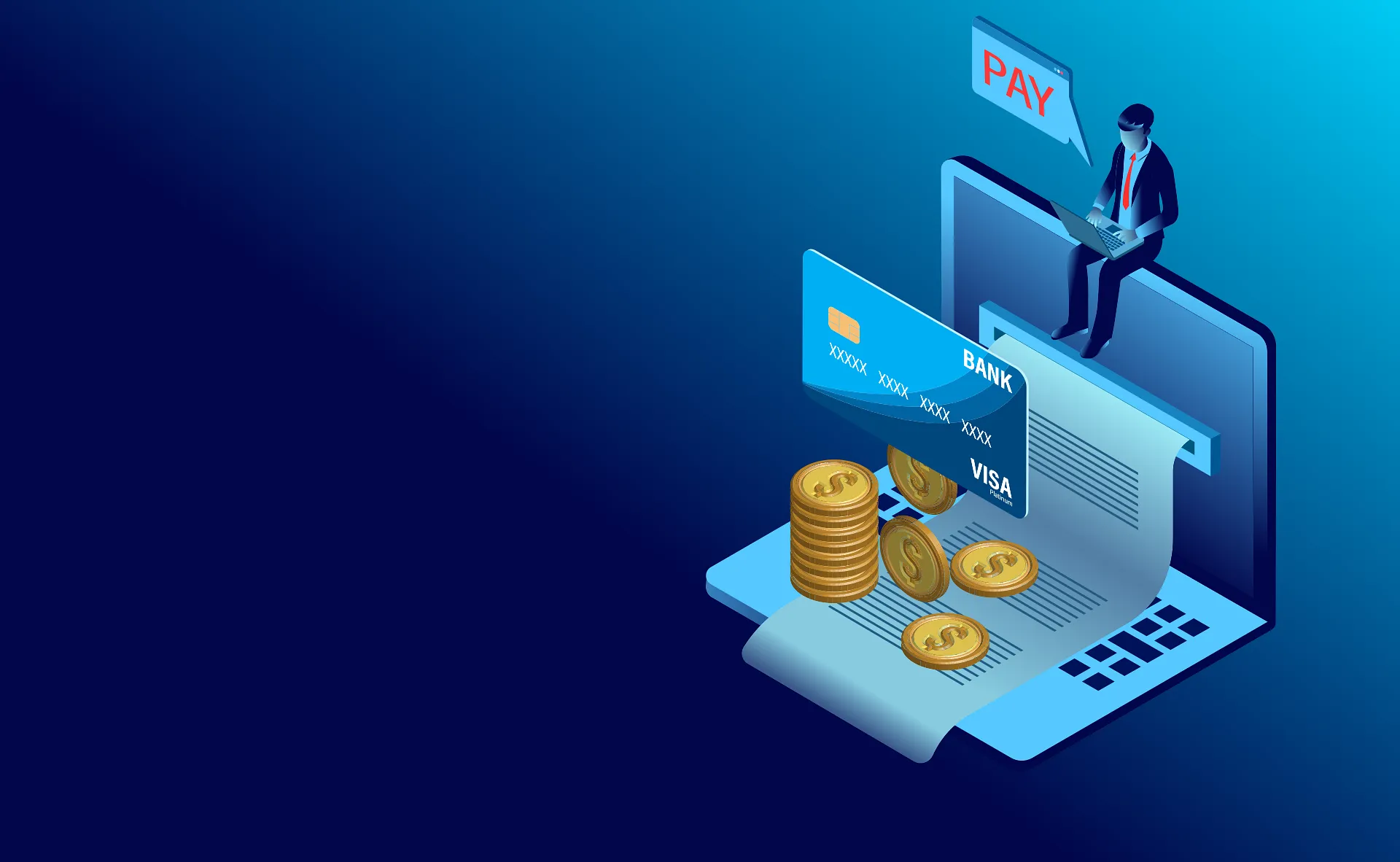
How to Protect Your Financial Information Online
Introduction:
In the digital age, protecting your financial information is more crucial than ever. With cyber threats becoming increasingly sophisticated, it’s essential to adopt effective strategies to safeguard your data. This blog post will guide you through key practices to enhance your online security and keep your financial information safe.
Use Strong, Unique Passwords:
One of the simplest yet most effective ways to protect your financial information is by using strong and unique passwords for your accounts. Avoid using easily guessable passwords such as "password123" or "123456." Instead, create complex passwords that include a mix of letters, numbers, and special characters. Consider using a password manager to generate and store these passwords securely.
Enable Two-Factor Authentication:
Two-factor authentication (2FA) adds an extra layer of security by requiring a second form of verification in addition to your password. This could be a code sent to your phone or an authentication app. By enabling 2FA, you significantly reduce the risk of unauthorized access to your accounts, even if your password is compromised.
Monitor Your Financial Statements Regularly:
Regularly reviewing your financial statements is crucial for detecting unauthorized transactions early. Set aside time each month to check your bank and credit card statements for any unusual activity. Report any discrepancies to your financial institution immediately to minimize potential damage.
Avoid Unsecured Networks:
Using public Wi-Fi networks can expose your financial information to hackers. Avoid conducting financial transactions or accessing sensitive information over unsecured networks. If you must use public Wi-Fi, consider using a virtual private network (VPN) to encrypt your data and protect your online activity.
Use Reputable Security Software:
Invest in reputable security software to protect your devices from malware, viruses, and other cyber threats. Keep your security software updated to ensure it can defend against the latest threats. Regularly run scans to identify and remove any potential vulnerabilities.
Conclusion:
Protecting your financial information online requires vigilance and proactive measures. By following these practices—using strong passwords, enabling two-factor authentication, monitoring your statements, avoiding unsecured networks, and using security software—you can significantly reduce the risk of cyber threats and keep your financial information secure.





